#wildlife: alabama
Text
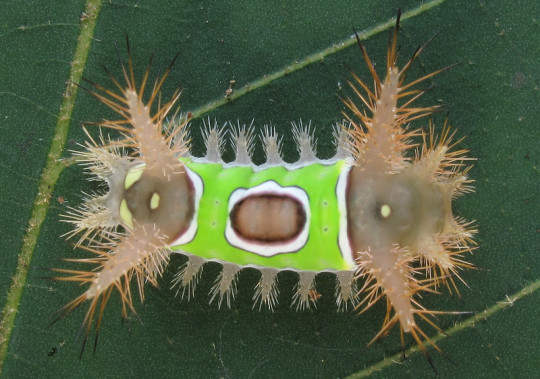
A saddleback caterpillar (Acharia stimulea) in Jackson County, Alabama, USA
by Alan Cressler
#saddleback caterpillar#caterpillars#butterflies and moths#acharia stimulea#acharia#Limacodidae#lepidoptera#insecta#arthropoda#wildlife: alabama#wildlife: usa#wildlife: north america
52 notes
·
View notes
Text
"When considering the great victories of America’s conservationists, we tend to think of the sights and landscapes emblematic of the West, but there’s also a rich history of acknowledging the value of the wetlands of America’s south.
These include such vibrant ecosystems as the Everglades, the Great Dismal Swamp, the floodplains of the Congaree River, and “America’s Amazon” also known as the “Land Between the Rivers”—recently preserved forever thanks to generous donors and work by the Nature Conservancy (TNC).
With what the TNC described as an “unprecedented gift,” 8,000 acres of pristine wetlands where the Alabama and Tombigbee Rivers join, known as the Mobile Delta, were purchased for the purpose of conservation for $15 million. The owners chose to sell to TNC rather than to the timber industry which planned to log in the location.
“This is one of the most important conservation victories that we’ve ever been a part of,” said Mitch Reid, state director for The Nature Conservancy in Alabama.
The area is filled with oxbow lakes, creeks, and swamps alongside the rivers, and they’re home to so many species that it ranks as one of the most biodiverse ecosystems on Earth, such that Reid often jokes that while it has rightfully earned the moniker “America’s Amazon” the Amazon should seriously consider using the moniker “South America’s Mobile.”
“This tract represents the largest remaining block of land that we can protect in the Mobile-Tensaw Delta. First and foremost, TNC is doing this work for our fellow Alabamians who rightly pride themselves on their relationship with the outdoors,” said Reid, who told Advance Local that it can connect with other protected lands to the north, in an area called the Red Hills.
“Conservation lands in the Delta positions it as an anchor in a corridor of protected lands stretching from the Gulf of Mexico to the Appalachian Mountains and has long been a priority in TNC’s ongoing efforts to establish resilient and connected landscapes across the region.”
At the moment, no management plan has been sketched out, but TNC believes it must allow the public to use it for recreation as much as possible.
The money for the purchase was provided by a government grant and a generous, anonymous donor, along with $5.2 million from the Holdfast Collective—the conservation funding body of Patagonia outfitters."
youtube
Video via Mobile Bay National Estuary Program, August 7, 2020
Article via Good News Network, February 14, 2024
#united states#alabama#estuary#wetlands#swamp#river#environment#environmental issues#conservation#video#biodiversity#american south#ecosystems#ecology#conservation news#wildlife conservation#ecosystem#conservation efforts#good news#hope#forest#swampco#re#Youtube
2K notes
·
View notes
Text

Saw this bunny tonight on the drive home from work
I’m kinda worried it’s someone’s escaped house bunny cause it was fat and it didn’t run when I stopped the car to take this photo
50 notes
·
View notes
Text

The West Indian manatee (Trichechus manatus) is a large marine mammal who can live in both saltwater and freshwater. These large, docile herbivores are typically found in shallow coastal areas, rivers, and estuaries. Both subspecies (Florida manatee in the US, Antillean in the Caribbean) are considered endangered by the IUCN.
#manatee#animals#wildlife#animal art#digital art#sketches#illustration#id in alt#local-to-me animals#they're alabama's designated state marine mammal#i have seen them in the wild once! in florida#would love to see them again
335 notes
·
View notes
Text
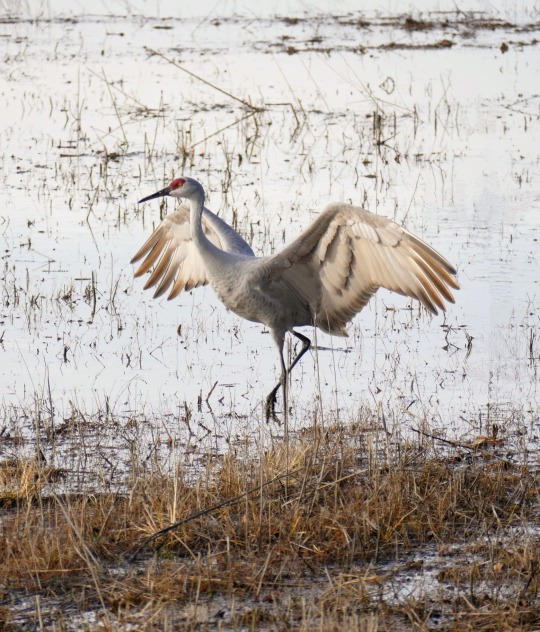


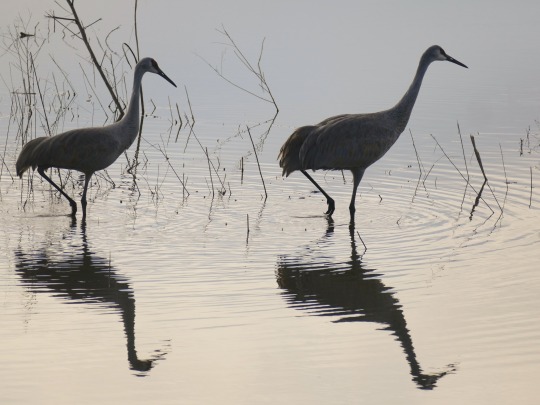


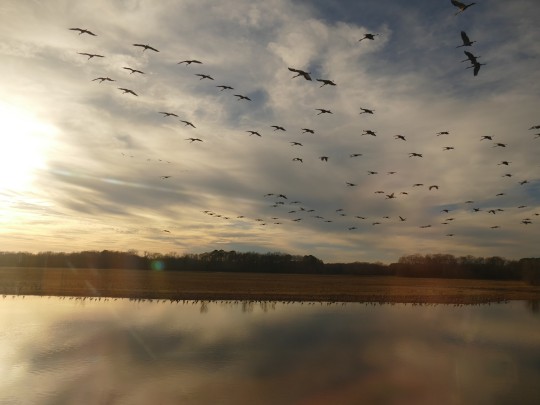
Sandhill Cranes, at Wheeler National Wildlife Refuge, Decatur, Alabama, 2024-02-01
(photos by @everydayesterday)
#birds#bird photography#sandhill cranes#wheeler national wildlife refuge#wheeler nwr#alabama#birding#birdwatching#birblr#birdblr#north american birder
18 notes
·
View notes
Text

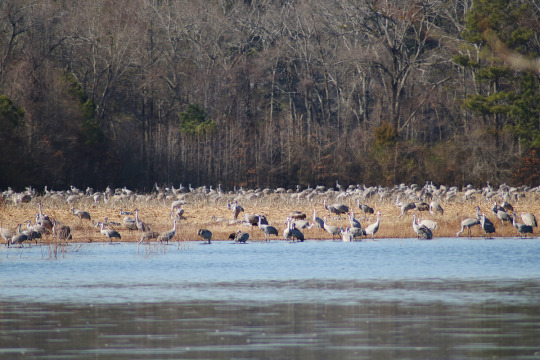

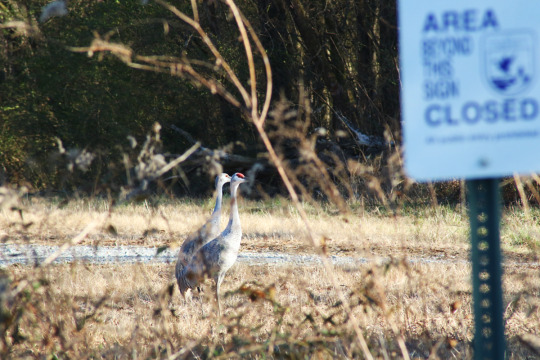


sandhill cranes at wheeler national wildlife refuge, al usa, feb 2024
6 notes
·
View notes
Text
Community Service Blog
Overview
In this post I will be recapping my community service experience this semester, review the article I have read relating to the organization I worked with and reflect on both.
What did I do?
For my community service I decided to create a volunteer flyer for the Alabama Wildlife Federation (AWF). AWF is one of the oldest and largest and oldest wildlife conservation organizations in the state. Since 1935 it has worked with citizens, other organizations and the local governments to encourage communities to protect and preserve the ecosystems within their communities. With the generosity of donors and dedication of volunteers the organization has been able to flourish and fulfill its goals.
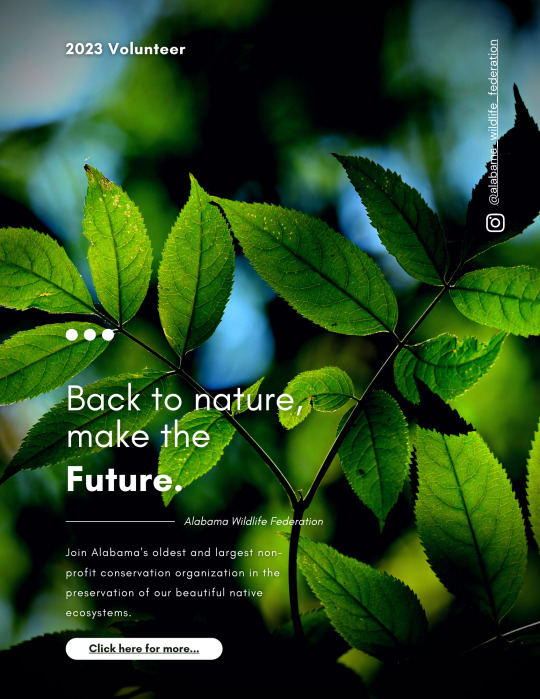
For my flyer, I went to Canva for an eco-themed template and added some of the basic information I had learned about the organization. I inserted hyperlinks to the organizations Instagram and website so that those interested would be able to seek out information directly form the source.
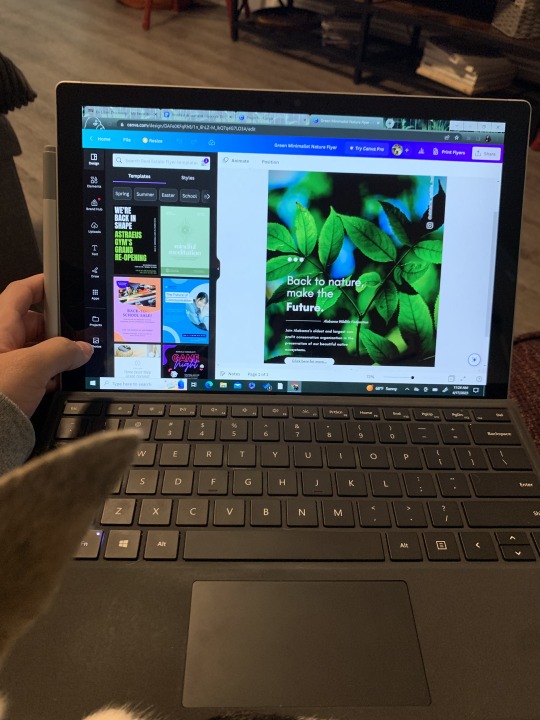

Article review
Authors: Adam S. Willcox and William M. Giuliano
Publisher: Wildlife Society Bulletin
Link: https://www.jstor.org/stable/wildsocibull2011.35.2.59?sid=primo
MLA Citation: Adam S. Willcox, and William M. Giuliano. “Cattle Rancher and Conservation Agency Personnel Perceptions of Wildlife Management and Assistance Programs in Alabama, Florida, Georgia, and Mississippi.” Wildlife Society Bulletin (2011), vol. 35, no. 2, 2011, pp. 59–68.
Summary: In their article Cattle Rancher and Conservation Agency Personal Perceptions of Wildlife Management and Assistance Programs in ALabama, FLorida, Georgia, and Mississippi, Adam S. Willcox and William M. Giuliano surveyed cattle ranchers in several states in order to understand their perceptions of conservation organizations and policies. In their article they found that the majority of cattle ranchers considered themselves stewards of the land and desired to protect the wildlife that lived within their property. However, they became frustrated with wildlife organizations that interfered with their ability to make profit off their lands through restrictions and protection of predatory animals. Willcox and Giuliano emphasize the importance of conservationists listening to the communities they involve themselves with in order to create a sustainable and positive impact.
Analysis: Adam S. Willcox is a research assistant professor at The University of Tennessee and William M. Giuliano is an Associate professor at the College of Agricultural and Life Sciences. Both have authored and co authored several research papers regarding conservationist concerns and agriculture. In their article, the authors use terms such as “suggest” (59) which gives the article a tone of humility. They are not attacking their audience or demanding cooperation. Instead, the authors are sharing their observations and suggesting a solution which the audience can use or ignore. Willcox and Giuliano's argument makes sense. Conservation organizations cannot expect to work with cattle ranchers if they will ignore their concerns. It is important for both sides to respect each other's views and find a middle ground to cooperate on. The target audience is conservation agencies looking to work with cattle ranchers in southern agricultural states. The article struck me as one for the lay reader. The authors wording makes it easy to understand their research study and their explanation of the data makes their conclusion clear. It was not full of difficult-to-understand jargon or descriptions. The article was fascinating to read and made me consider conservationist approaches to communities. In one of the recent discussions (29) for my environmental writing course, we discussed Marine Protected areas or MPAs. Although they allow endangered species and coral ecosystems to flourish they can harm the local fishing communities. By placing legal prohibitions on the areas the fishermen fish, conservationists cut off the main source of income for the communities resulting in the local economy crashing. Willcox and Giuliano's suggestion for conservations to work and communicate with the local communities of the ecosystems they are trying to protect will prevent issues like the one previously mentioned from occurring.
Additional Info
youtube
Sources
Adam S. Willcox, and William M. Giuliano. “Cattle Rancher and Conservation Agency Personnel Perceptions of Wildlife Management and Assistance Programs in Alabama, Florida, Georgia, and Mississippi.” Wildlife Society Bulletin (2011), vol. 35, no. 2, 2011, pp. 59–68.
“Adam Willcox.” Conservation Science Group, https://consci.utk.edu/people/adam-willcox/.
“Alabama Wildlife Federation.” Alabama Wildlife Federation | AWF, https://www.alabamawildlife.org/.
Giuliano, William M. Associate Professor - Vivo.ufl.edu. https://vivo.ufl.edu/display/n55961.
2 notes
·
View notes
Text
Our pupper found a baby bunny inside the fence.

Hubs rescued the li'l dude and released him other side of the fence. ❤🐇

It took a minute,
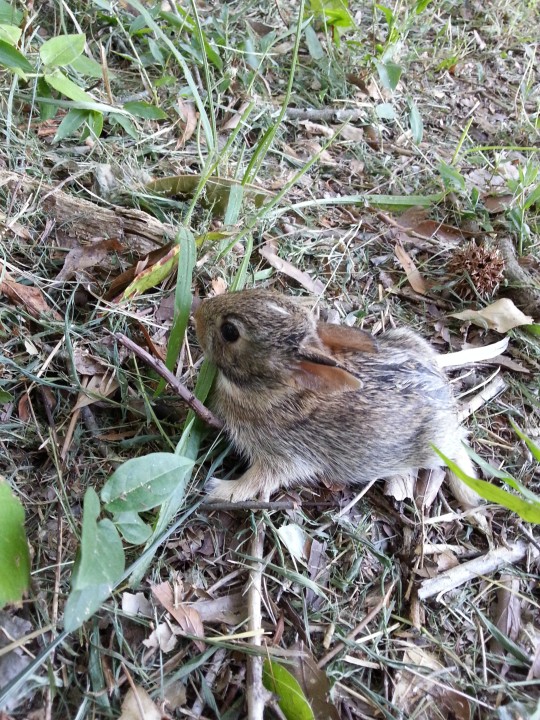
but then the bunny began to emerge from the shock.
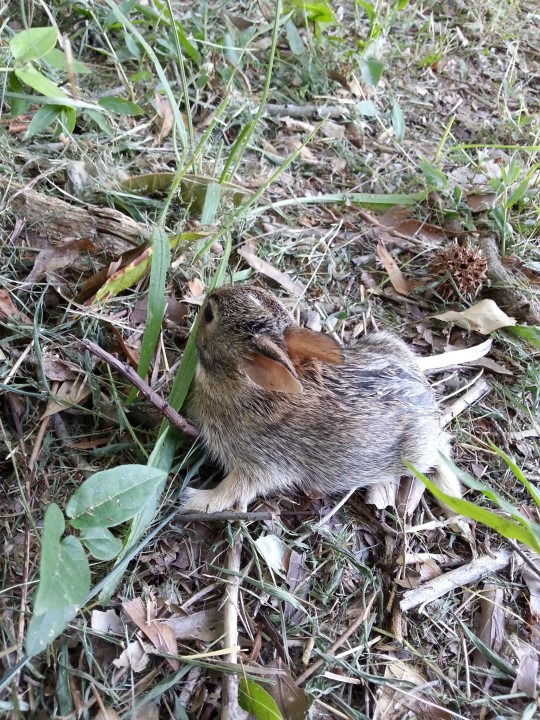
He looked around...
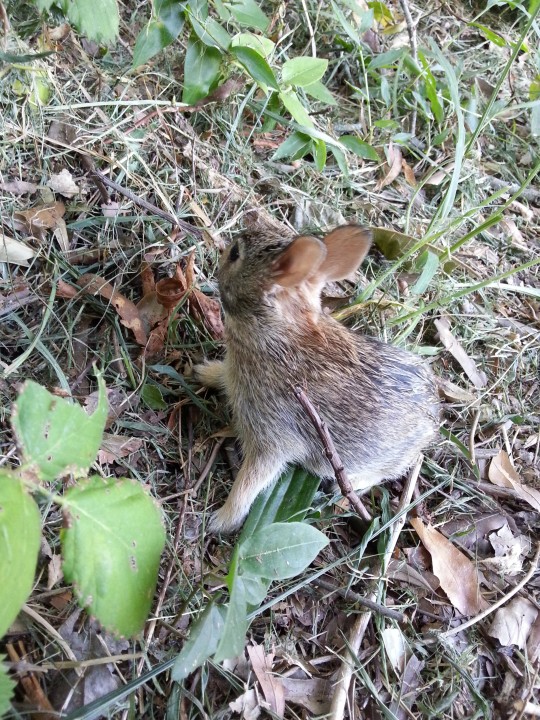
... and the ears went up and he hopped into the brush.

The end ❤🐇
#rabbit#bunny#eastern cottontail#bunny rescue#Alabama wildlife#true story#story time#happy ending#omg i gotta get some sleep
6 notes
·
View notes
Photo



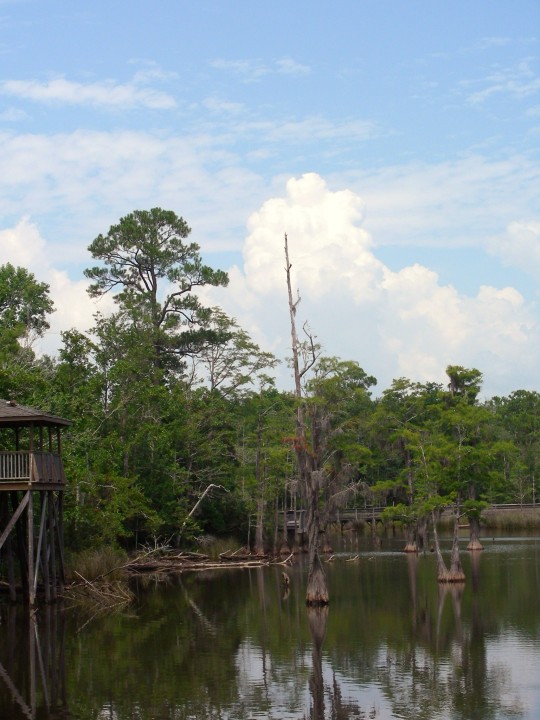
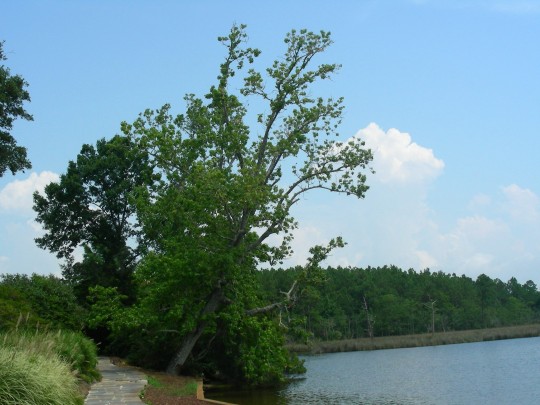



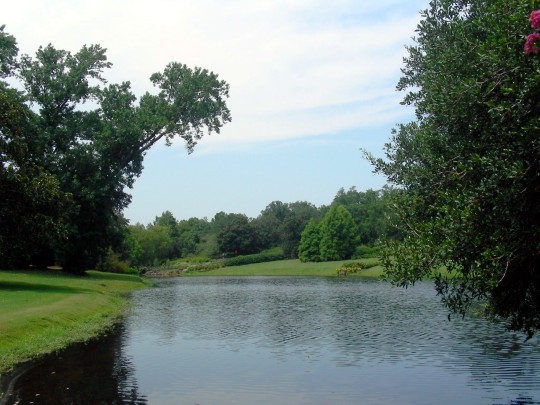

Alabama seceded from the United States on January 11, 1861.
#Bellingrath Gardens and Home#Fowl River#Alabama#seceded#anniversary#11 January 1861#US history#landscape#countryside#summer 2009#USA#original photography#tourist attraction#landmark#flora#fauna#animal#wildlife#insect#butterfly#flower#tree#Fowl River Bayou#Black Swallowtail#Spanish Moss#Mirror Lake#Giant Swallowtail
4 notes
·
View notes
Photo
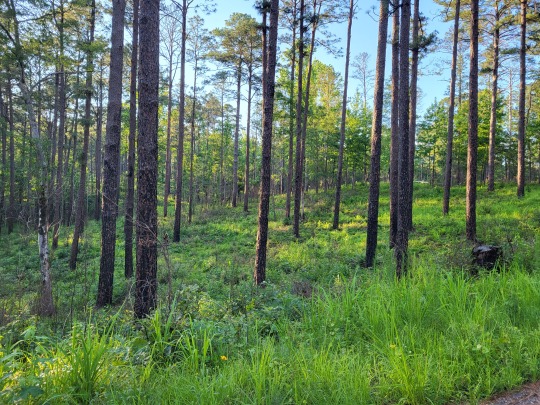
Alabama Woods
Payne Lake Recreational Area
Moundville, Alabama
June 4, 2022
#alabama#lake payne#recreational area#in the woods#woodland#wildlife#ecosystem#deciduous forest#summer day#beautiful day#a day at the lake#green woods#sweet home alabama#pine trees#underbrush#our adventures
8 notes
·
View notes
Text
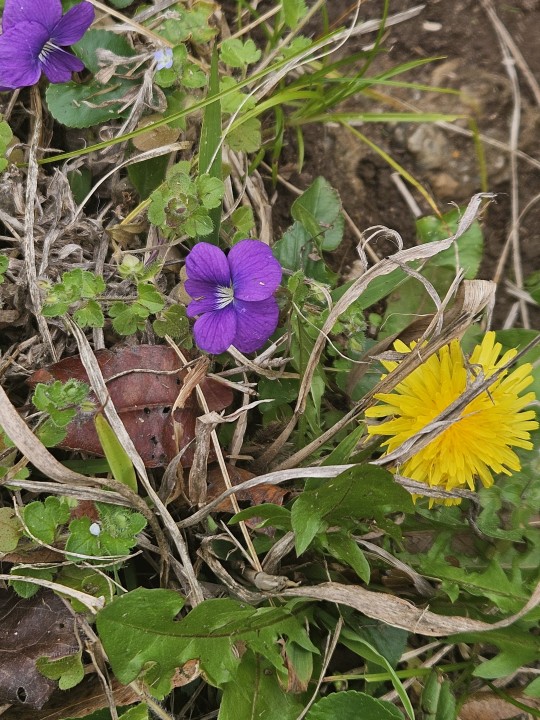
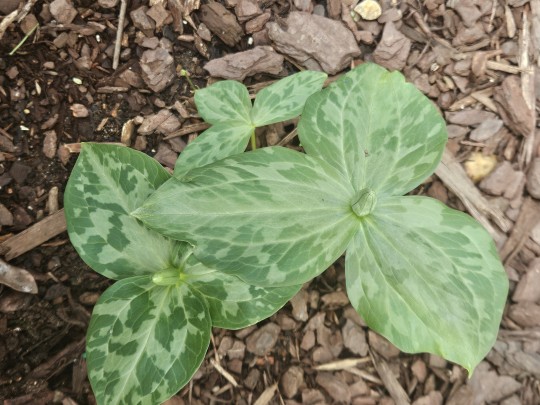

spring's a sprunging
Picture 1 & 3: common blue violet (viola sororia) Native wildflower
Picture 2: Little sweet betsy (trillium cuneatum) Native endemic plant
1 note
·
View note
Text

Glyphyalinia sp. in Ladder Cave, Alabama
by Alan Cressler
#glass snails#snails#gastropods#molluscs#glyphyalinia#Zonitidae#Stylommatophora#gastropoda#mollusca#wildlife: alabama#wildlife: usa#wildlife: north america
30 notes
·
View notes
Text

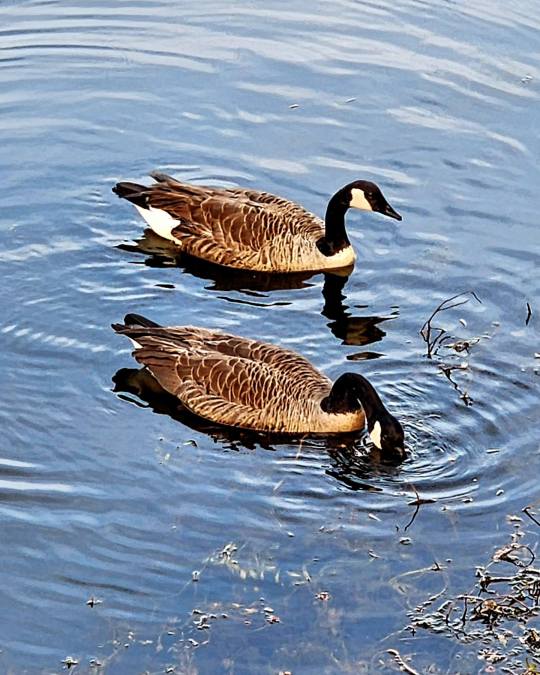


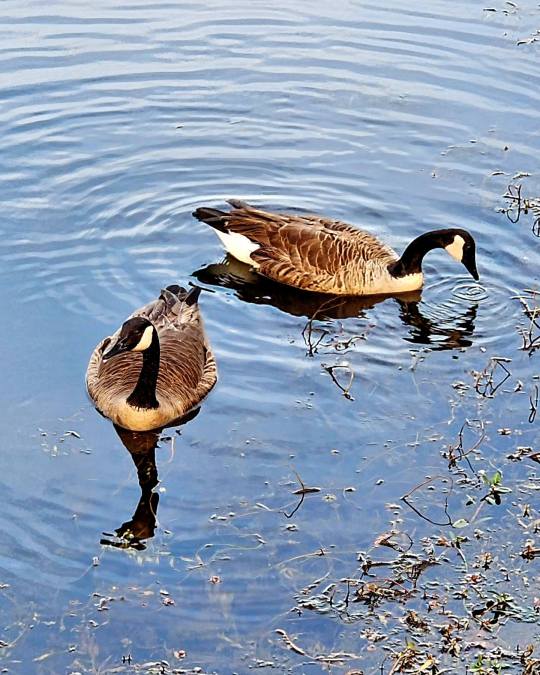


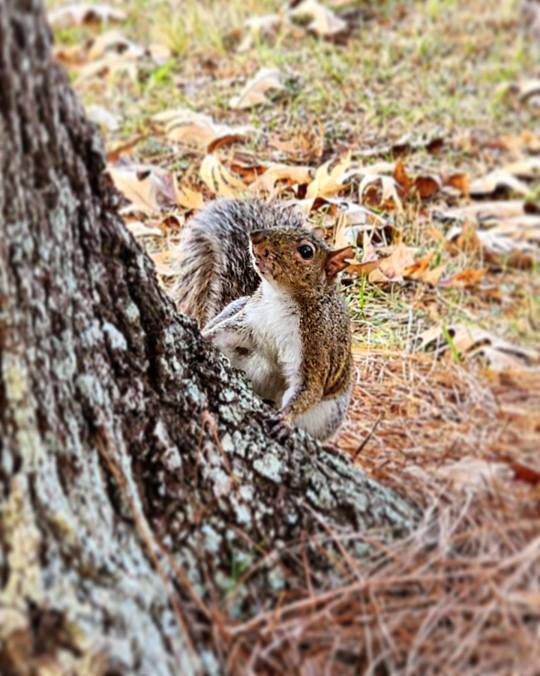
December 7, 2023- Langan/Municipal Park
#a moment of time and word#every picture has poetry#photography#photographer#photographs#photos#nature#nature lover#nature photos#nature photography#brown squirrel#squirrel#canadian geese#geese#wildlife#wildlife photography#thursday#afternoon#afternoon photography#mobile alabama#south alabama#alabama
0 notes
Text
the coolest thing happened in my state recently and I have to share !! I was looking up Bankhead National Forest and came across a cool article about an animal called the Black Warrior Waterdog, which is a, “large, aquatic salamander,” only found in Alabama !! Staff from the U.S. Fish and Wildlife Service and Alabama Power caught one and are examining it now in order to learn more about this species of salamander. This particular species is,“listed as endangered and is only found in streams within the Black Warrior River Basin in Alabama.”

There are better pictures online, for those that would like to see what this animal looks like, I put this one because I got it from the same place I got this information, Bankhead National Forest's website.
0 notes
Text
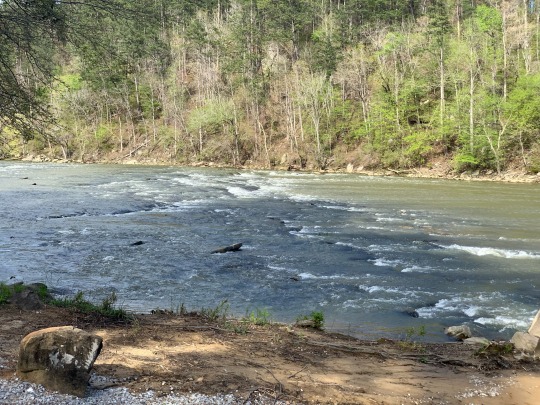
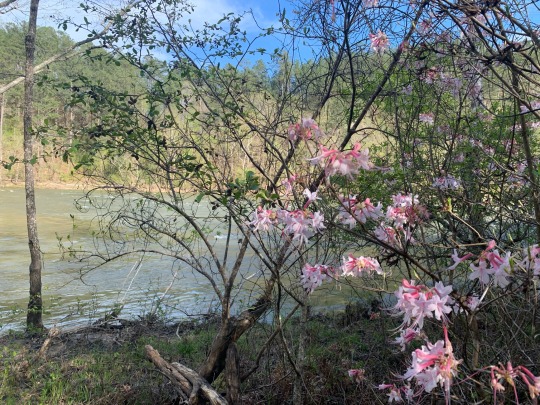
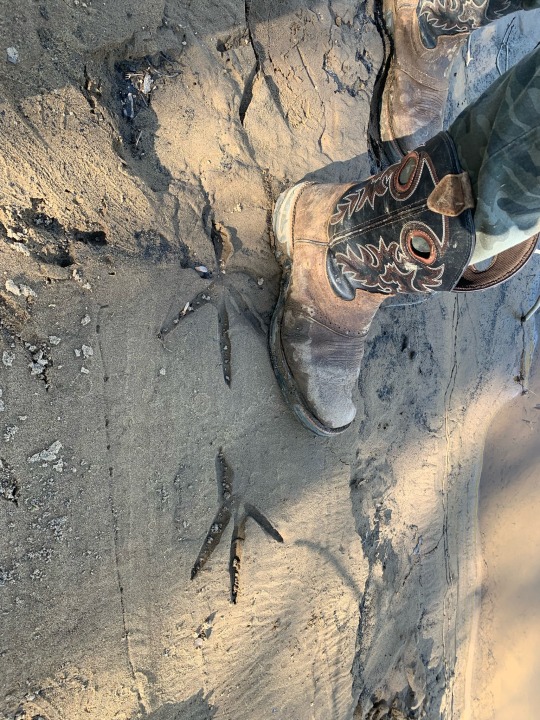
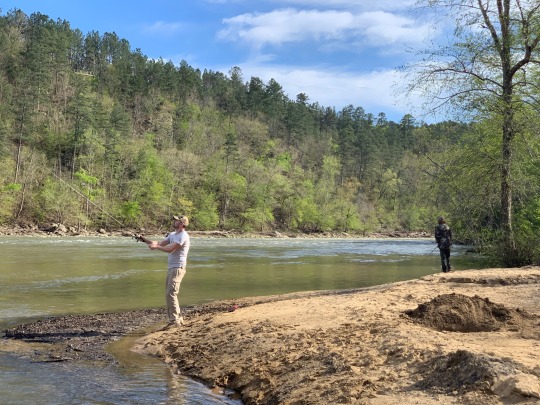
We spent an afternoon recently at the Cahaba Wildlife Management Area. What a beautiful area! The river is wide and there was no shortage of life present even in early spring. Native Honeysuckle was in bloom and smelled amazing - floral and sweet, much different than other honeysuckle. Found a few fossils and neat rocks, a few native plant species, and lots of smiles and laughs, trying our luck at 20+ gorgeous fishing spots. No fish that day but we enjoyed the experience!
0 notes
Text
Wildlife of Alabama
Wildlife of Alabama
The US state of Alabama has a varied topography ranging from steep hills to fertile flatlands, lakes, and rivers. The state has a coastline on the Gulf of Mexico that includes 600 miles of tidal bay and bayou shoreline. Within Alabama, there are over 60 types of natural habitats, including forests, woodlands, wetlands, glades, and prairies. For most of the year, the weather is warm and humid, and…
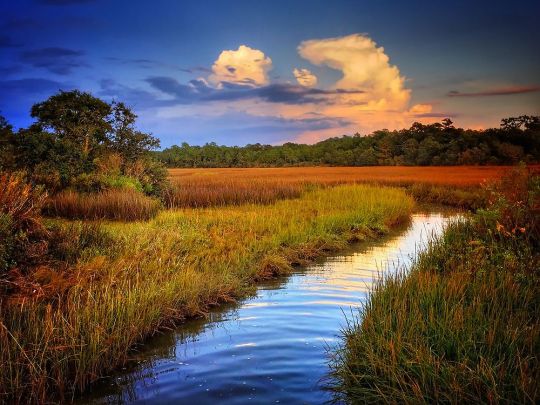
View On WordPress
0 notes